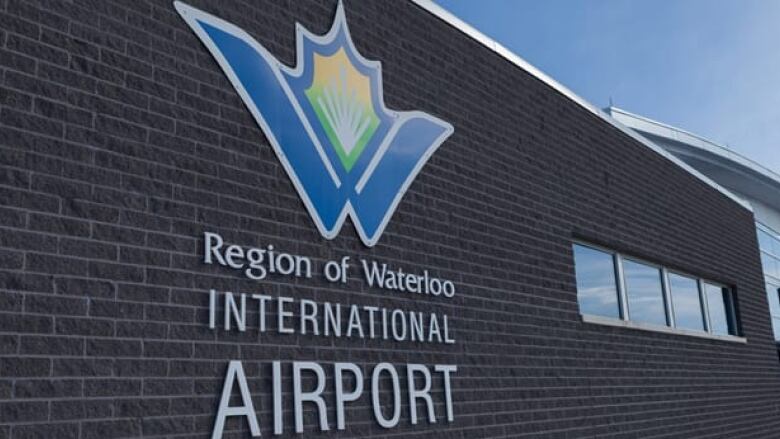Flight training at region's airport has recovered from pandemic closures
Employment market rolled back 5 years for new pilots, says Bob Connors

It may be hard to picture a busy airport at this point in the pandemic, but flight training at the Region of Waterloo International Airport has kept people in the skies.
A Statistics Canada report found the local airport was the busiest in the country in November 2020 with 13,619 takeoffs and landings.
Bob Connors is the general manager of the Waterloo Wellington Flight Center, which does flight training at the airport. He joined host Craig Norris on CBC K-W's The Morning Edition to talk about how the COVID-19 pandemic has affected flight training and job prospects for students.
The following interview has been edited for length and clarity. The audio for the interview is at the end of the article.
Craig Norris: Was it a surprise to hear that the flight centrewas the primary source of traffic at the airport?
Bob Connors: No, actually, that's pretty typical 90 per cent is unusual, but we're generally about 70 per cent of the traffic at [the] airport.
Norris: How often were you using the runways in November?
Connors: The tower measures things in takeoffs and landings and typically, every time a training flight goes up, they'll take off and land at least one each so two. If they're practicing, they'll do five or six.
So if you would divide 13,000 over 30 days by our fleet of 30 airplanes, we put a lot of traffic in the air.
Norris: And what kind of flight training has the centre been doing?
Connors: Everybody learns to fly in little airplanes, so Cessnas and the like;two or four seats. You go up initially with an instructor and then you gradually practice by yourself.
What we do is broken into two categories: It's people who are wanting to fly for fun, for their own personal enjoyment, and then those who are seeking a career.
About 60 per cent of what we do is for those who are seeking a career and most of that is done in partnership with the University of Waterloo and Conestoga College.

Norris: Has the slowdown of air traffic changedthe way you operate?
Connors: We were shut down for almost four months from mid-March to mid-June, and then we reopened gradually through the summer. So it certainly had an impact there.
But by September, we were back to the volume of flight hours each month that we had anticipated and seen prior to COVID. So for a while, yes, but in the overall picture, it appears to have recovered really quite nicely.
Norris: Now, as you said, the majority of your students, it seems, are interested in being a pilot as a career. In your experience, has COVID because COVID has altered commercial travel has that impacted the demand for new pilots?
Connors: Well, certainly from an employment point of view, it will stretch how long that will take. And basically what we think is happening is that the employment market is rolled back about five years in terms of how it happened.
Prior to COVID, students would have two or three job offers from a wide variety of carriers, including, you know, fairly sophisticated airplanes from Jazz and Porter and that sort of thing. So they could almost go direct entry into a small airline.
So five years prior to that, you had to work in smaller airplanes, typically up north or as a flight instructor or that sort of thing and build some additional experience over three to five years before you got that kind of job opportunity.
We think that that's what's going to happen as we recover and as the airlines recover and they call back people that are furloughed and then start to need new pilots our Canadian and American transport associations fully believe that we're going to see the return of the pilot shortage that we had experienced in 2019 and early 2020.
Norris: So there is hope that once we get through this, these pilots will find work, these pilot training?
Connors: Yeah, I mean, we think it's a pothole. And if you look at 9/11 and you look at the economic recessions in the early 2000s, the recovery was typically in the two to three year cycle.
And it not only recovered, but it grew after that.If I had the opportunity to jump on an airplane and go someplace right now, I'd be there. So I think that there's a pent up demand and that will help to speed the recovery.
Norris: You had to close for a few months, but how are you faring right now?
Connors: Yeah, I'm on our air transport association board as part of the flight training group and in talking to my directors from across the country, they're all reporting similar rebound.
Flight training has come back strong. I'm not suggesting that we may not see a downturn in a year or something like that, but for right now, we seem to be OK.












_(720p).jpg)


 OFFICIAL HD MUSIC VIDEO.jpg)
.jpg)



























































































